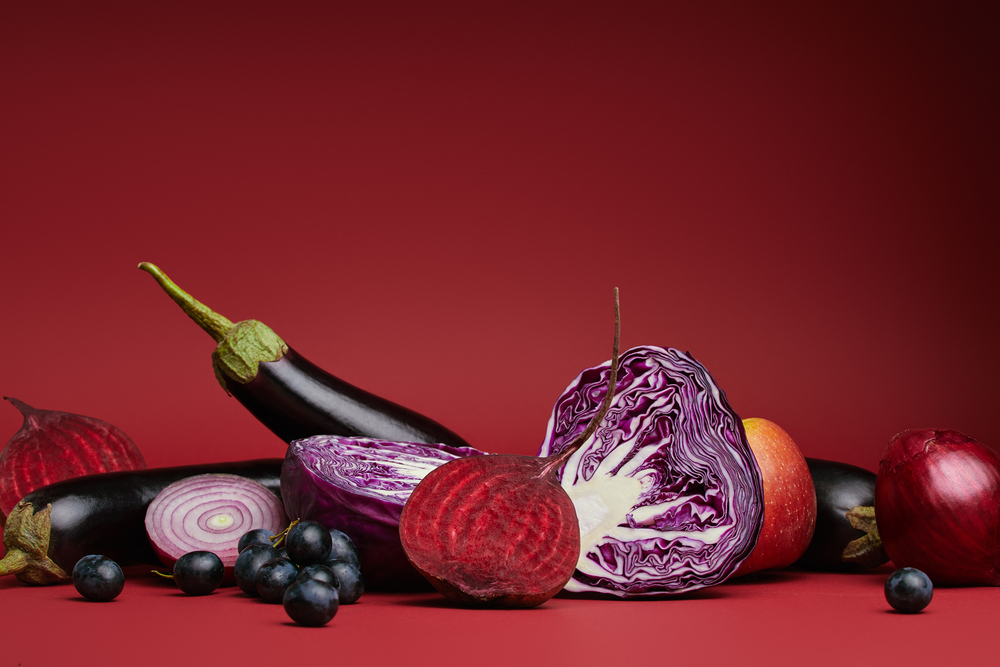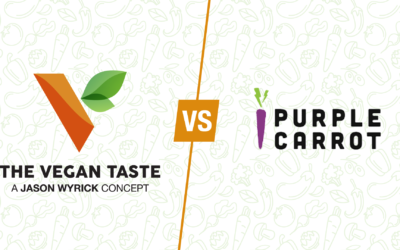Are you considering trying a vegan diet? Or maybe you’d like to start as a vegetarian or flexitarian. No matter which route you take, welcome! We’re happy you’re ready to embrace a plant-based lifestyle and learn more about how you can improve your health and help the planet. But if you’ve been a meat eater most of your life, your first question may be, “What can I eat?”
Obviously, you know that a vegan doesn’t eat animal products, but that doesn’t mean vegans are relegated to only eating salads and fruits. There is a world of choices available to you with this way of eating, and you will probably find that the options are delicious to boot!
Vegan vs. Vegetarian vs. Flexitarian
While similar, there are fundamental differences between vegans, vegetarians, and flexitarians.
Vegans don’t eat animals or animal byproducts. That includes eggs, dairy, lard, honey, and even marshmallows (which are made with gelatin).
Vegetarians exclude animals from their diets. Most are lacto-ovo vegetarians and eat dairy and eggs. Some may also eat animal byproducts such as honey.
Flexitarians take a more flexible approach to their diet (hence the name). Their aim is to enjoy a primarily plant-based diet while incorporating animals and animal products on a minimal basis.
As you progress on your journey to a more plant-based lifestyle, you can jump in at any point along the spectrum. Any change you make will have lasting effects.
What Constitutes a Plant-based Diet?
While fruits and vegetables make up the bulk of a vegan diet, there are many more options available to you. Plus, there are a number of products made from plant products that simulate animal products but without the guilt. Most vegans build their meals around:
- Vegetables
- Fruits
- Grains
- Nuts and legumes
Substitute products include dairy made from nuts, soy, and grains; meats made from soy, nuts, and legumes; and soy-based products such as tofu and tempeh.
Think you’ll never bake again without eggs? You can actually get the same effects from chia seeds and water. And what about egg whites? Whip up some aquafaba, which is the water leftover from canned chickpeas. Use those chickpeas to make brownies, in addition to hummus. Plus, avocados whip up great into mousse or pudding!
Benefits of a Vegan Diet
One of the obvious benefits of a vegan diet is for your health. Many people have lost weight by switching to plant-powered calories. It can also:
- Help lower blood sugar and cholesterol.
- Protect against certain cancers.
- Lead to a lower risk of heart disease.
- Reduce pain and inflammation.
And that’s just what it does for you! Making the choice to be vegan, vegetarian, or flexitarian can do wonders for the environment as well. Some of the benefits include:
- Reduced water and energy consumption.
- Fewer greenhouse gas emissions.
- Less air pollution.
- Protecting animals, soil, the oceans, and rainforests.
All that for a few shifts in your diet!
Cooking for a Plant-based Lifestyle
Even with the abundance of options to eat on a vegan diet, it can still be challenging to take the plunge. After all, you need to cook everything—especially if you want a healthy lifestyle that’s not based on readymade, processed fare. That means planning, shopping, learning new recipes, and cooking those meals.
One way to increase your success on your new venture is meal planning. After you have determined what you’ll be eating each week, set aside some time on the weekend to meal prep. Get that chopping and sorting out of the way so that, when it’s time to cook, you’ll reduce your time in the kitchen.
If that still sounds daunting, another option is to subscribe to a meal-delivery service. The Vegan Taste has developed delicious menus that incorporate fresh ingredients. Chef Jason prepares them for you, and all you have to do is heat and serve. See what we’re making this week and try something new!




